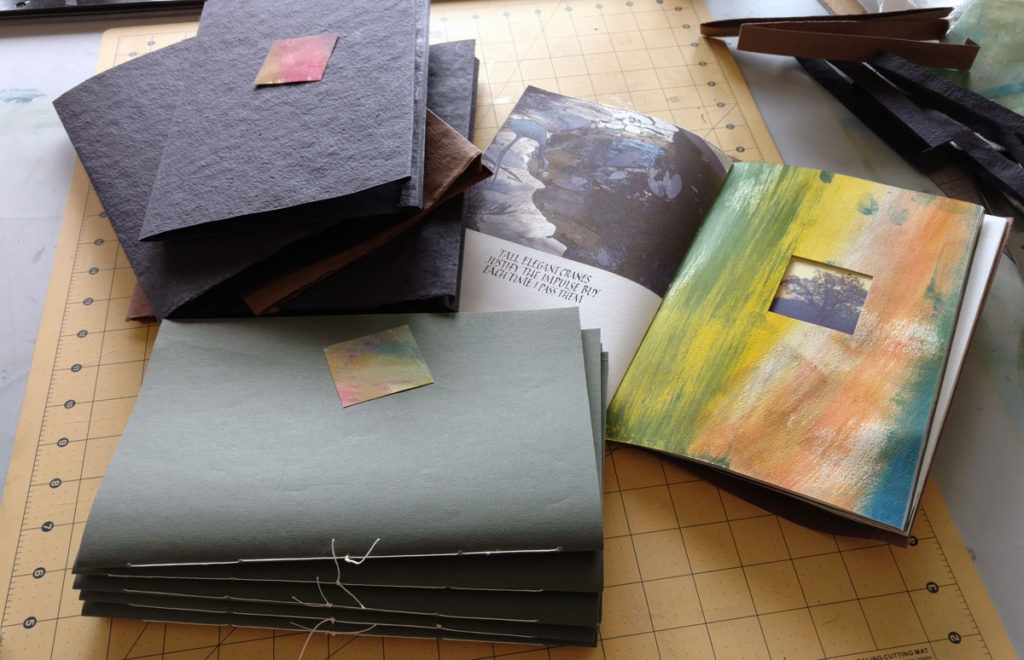
Madly working on a series of exchange books to be mailed by Friday. Why oh why is it always a push? But I know why. For the past 3 months, no idea has been good enough … until it had to be.
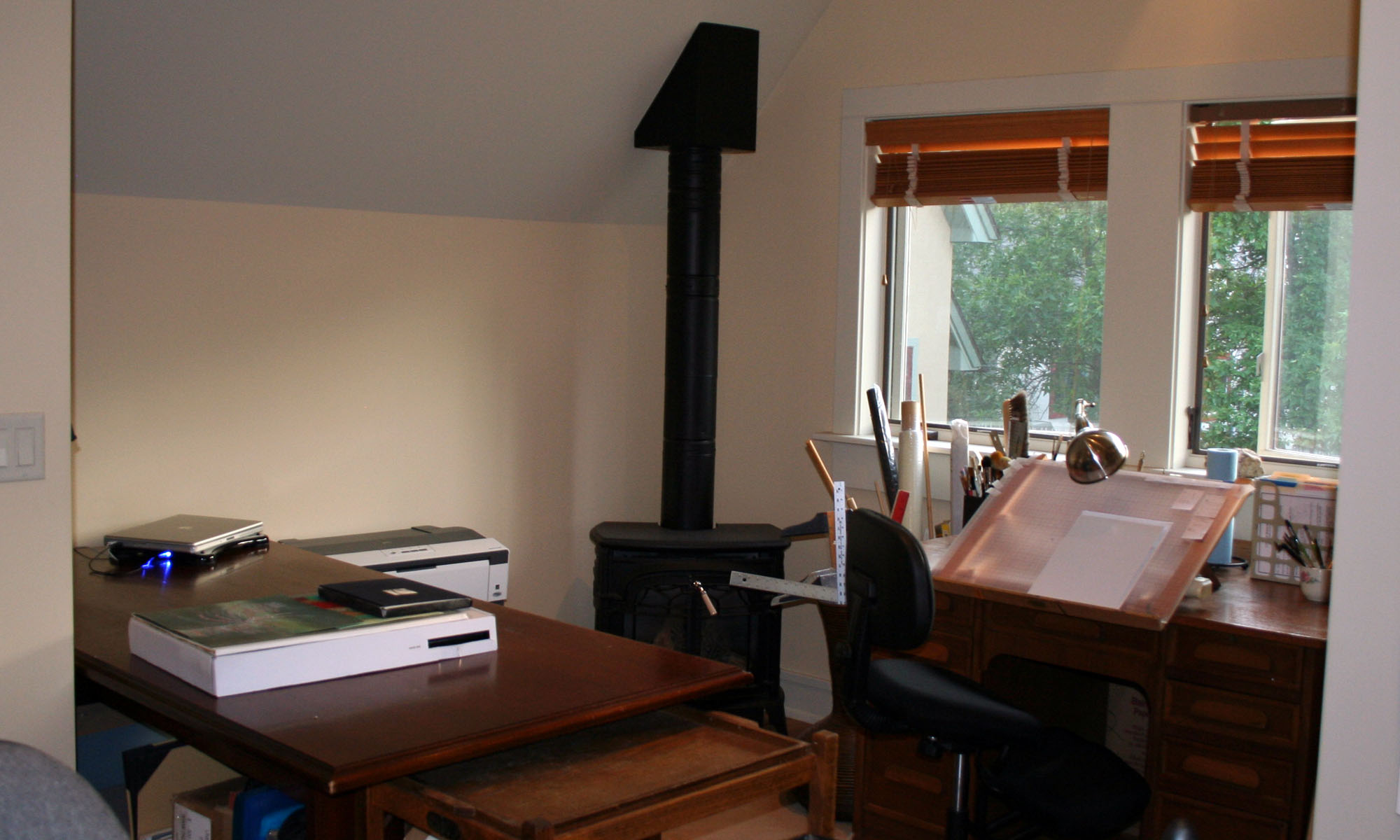
Calligraphy & more — the studio of Beth Lee, Bozeman, MT
I was pleasantly surprised to see my poster design picked up and used in marches across the country on January 20. And really surprised to see it in a conservative article covering the march:

Also, tweeted here in the US and retweeted as far away as New Zealand. And picked up and used in Facebook headers.
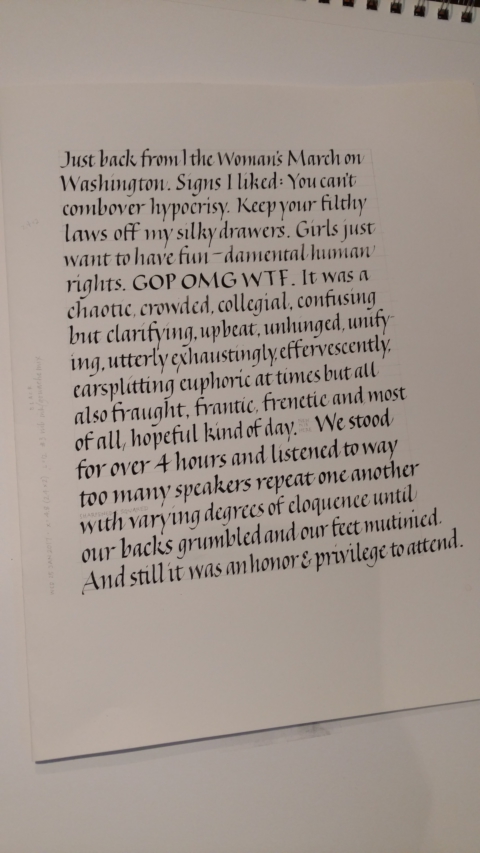
Trying #2-1/2 Mitchell nib with a combination of Sumi ink and jet black gouache at an x-height of 4.8mm. partway through, I gave up on a nib that was cupping, and not much happier with the new one.
Oh, and the actual sign was “You can’t combover mysogyny.” What is mysogyny after all but a form of hypocrisy, anyway?
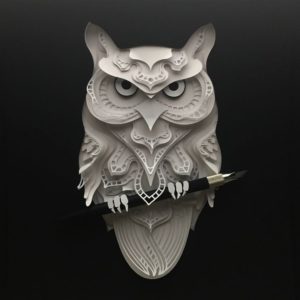
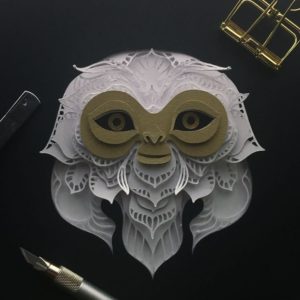 Patrick Cabral, in Manila, does some pretty awesome papercutting. See more at his Instagram account: instagram.com/darkgravity/
Patrick Cabral, in Manila, does some pretty awesome papercutting. See more at his Instagram account: instagram.com/darkgravity/
via Strictly Paper.
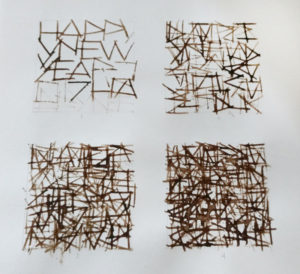
At our local guild meeting today, I led a small group of us through an exercise that Yukimi Annand taught us two years ago at the Big Sky Scribes fall workshop here in Bozeman.
We tried lettering with matboard and squares of thin plywood as well.